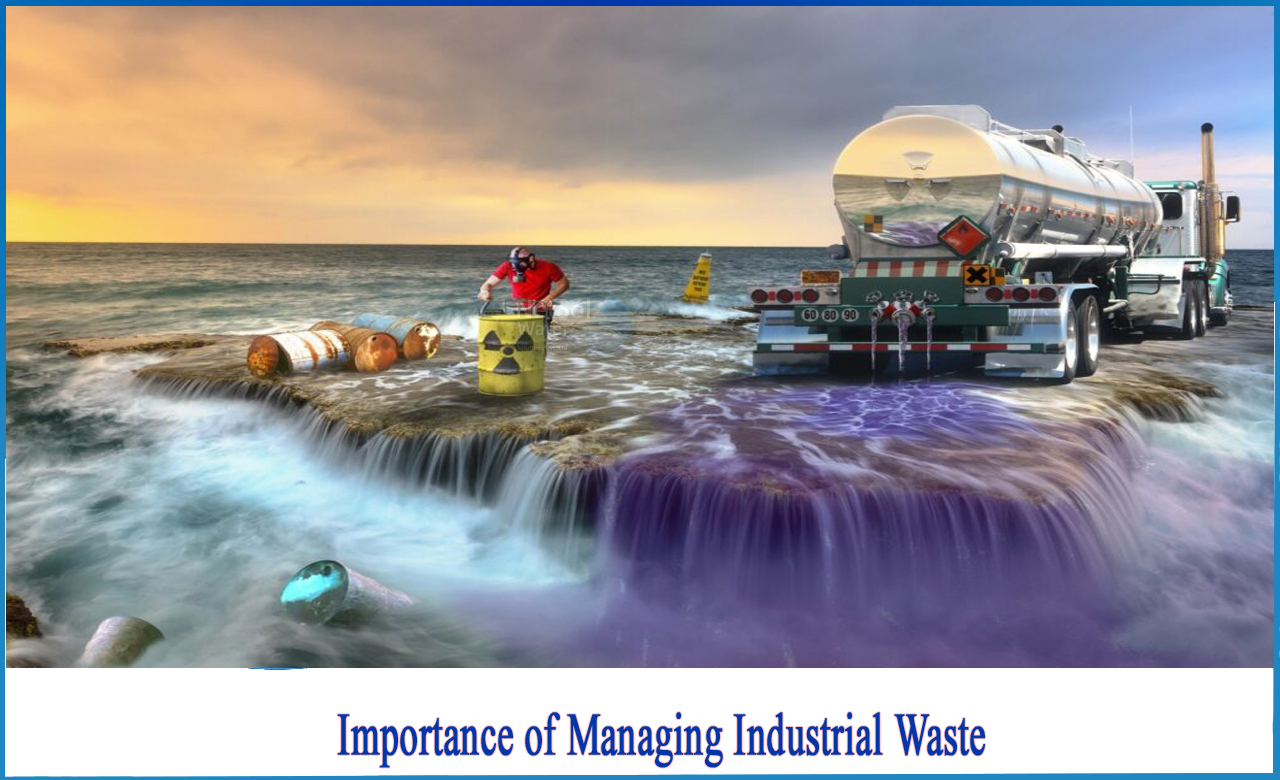Not known Facts About Reclaim Waste
7 Simple Techniques For Reclaim Waste
Table of ContentsWhat Does Reclaim Waste Mean?Getting My Reclaim Waste To WorkThe Best Guide To Reclaim WasteReclaim Waste Things To Know Before You Get ThisSee This Report about Reclaim Waste
Residential sewer waste refers to the waste and products from a property septic tank. The appropriate monitoring and disposal of domestic sewer waste call for liquid waste to be moved to a sewer treatment plant where the correct methods and equipment are used to purify and dispose of waste.
Industrial waste commonly includes prospective threats, such as combustible materials or a blend of fluid and solid waste items, and calls for a more sophisticated and detailed disposal process. The disposal of commercial waste commonly involves the filtering of waste before transport to make certain secure and appropriate disposal. Hazardous waste is produced from by-products and drainage of industrial processes and production.
This type of waste can not utilize the very same sewer management transportation or procedures as septic or commercial liquids. The industrial waste management process needs the assessment and testing of fluid waste prior to it goes through the disposal procedure (liquid waste removal melbourne). Overflow waste is the liquid waste that comes from runoff and excess stormwater in highly populated locations or cities
Runoff waste can cause contamination and flooding otherwise handled properly. Find out more about sewer cleansing and waste management. Guaranteeing appropriate waste management can protect against calamities and lower ecological damage. Both individuals in property setups and professionals in industrial or production industries can gain from recognizing the processes and guidelines of liquid waste monitoring.
The Main Principles Of Reclaim Waste
Call PROS Providers today to discover our waste administration and disposal services and the appropriate ways to take care of the fluid waste you produce.
(https://www.ted.com/profiles/48198485/about)This so-called 'wastewater' is not only a crucial resource yet, after treatment, will be launched to our land, waterways or the ocean. Utilized water from toilets, showers, bathrooms, cooking area sinks, washings and commercial procedures is known as wastewater.

water made use of to cool equipment or clean plant and devices). Stormwater, a kind of wastewater, is overflow that moves from agricultural and metropolitan areas such as roof coverings, parks, gardens, roadways, paths and rain gutters right into stormwater drains, after rain. Stormwater moves neglected straight to neighborhood creeks or rivers, ultimately getting to the sea.
The smart Trick of Reclaim Waste That Nobody is Discussing
In Queensland, the majority of wastewater is treated at sewage treatment plants. Wastewater is transported from residential or commercial websites via a system of sewers and pump stations, called sewerage reticulation, to a sewage treatment plant. Local governments construct, maintain and run most sewer therapy plants. Operators are licensed under the Environmental Management Act 1994 to discharge treated wastewater at an acceptable environmental requirement into rivers.
The Division of Natural Resources encourages regional governments about managing, operating and maintaining sewage systems and treatment plants. In unsewered areas, city governments may call for homeowners to install specific or household sewer therapy systems to deal with domestic wastewater from bathrooms, cooking areas, shower rooms and laundries. The Division of Natural Resources authorizes making use of household systems when they are proven to be effective.
The majority of stormwater gets no treatment. In some new class, treatment of some stormwater to get rid of clutter, sand and gravel has started using gross contaminant traps. Wastewater therapy takes place in 4 phases: Removes solid matter. Larger solids, such as plastics and description various other things incorrectly released to drains, are removed when wastewater is travelled through screens.
Wastewater after that streams into large tanks where solids resolve and are gotten rid of as sludge. Oil and scum are skimmed from the surface. Uses small living organisms knows as micro-organisms to break down and get rid of remaining dissolved wastes and great fragments. Micro-organisms and wastes are integrated in the sludge. Removes nitrogen and phosphorus nutrients that can trigger algal flowers in our rivers and endanger aquatic life.
Getting The Reclaim Waste To Work
Nutrient removal is not available at all sewer treatment plants due to the fact that it calls for costly specialised tools. Clear liquid effluent produced after therapy may still have disease-causing micro-organisms - liquid waste removal melbourne.

The majority of wastewater streams right into the sewage system. Under the Act, local federal governments administer authorizations and permits for eco appropriate tasks (Ages) including wastewater releases that could have a neighborhood influence.
Excitement About Reclaim Waste
Monitoring offers accurate details concerning water top quality and can validate that permit problems are being satisfied. The information acquired with monitoring provides the basis for making water top quality choices.